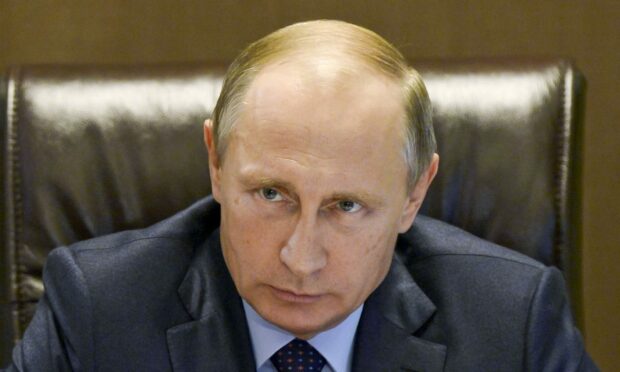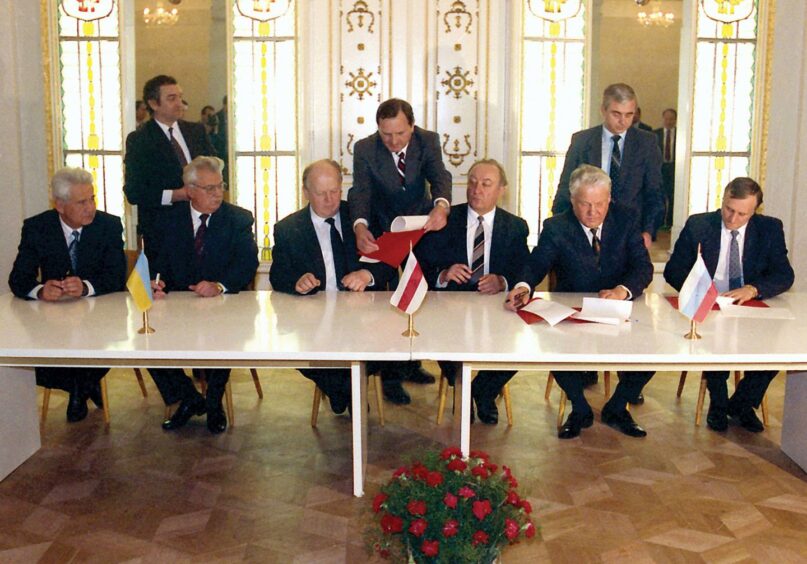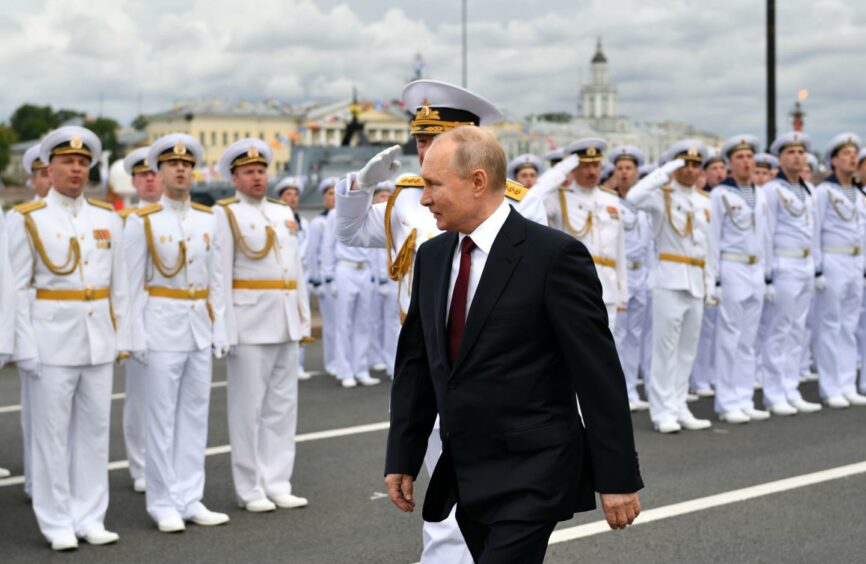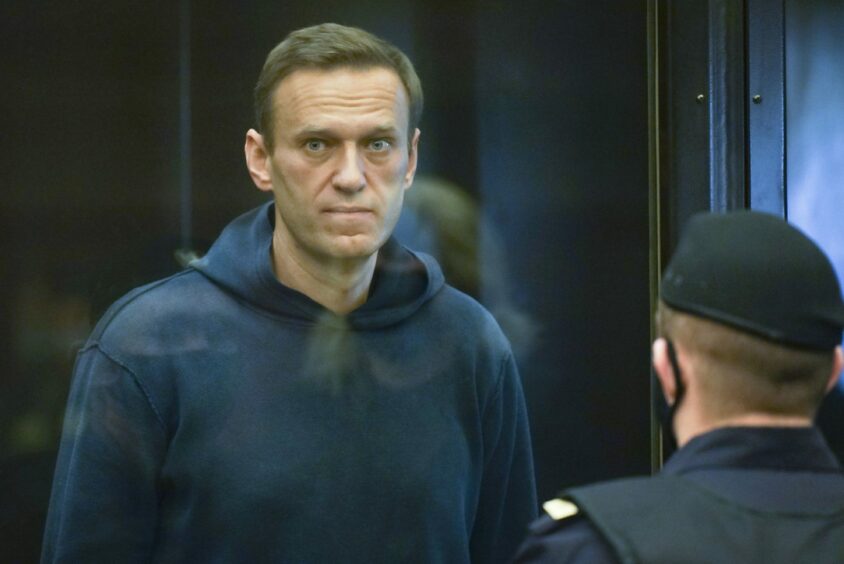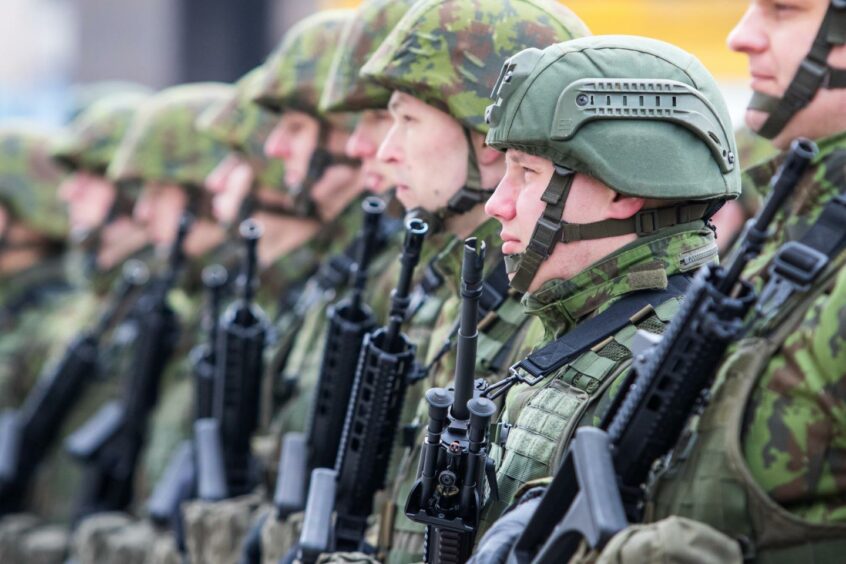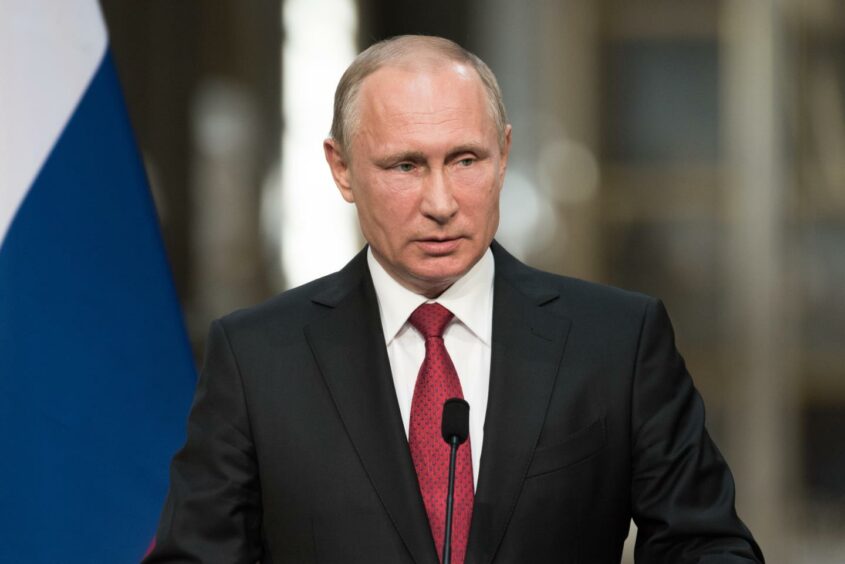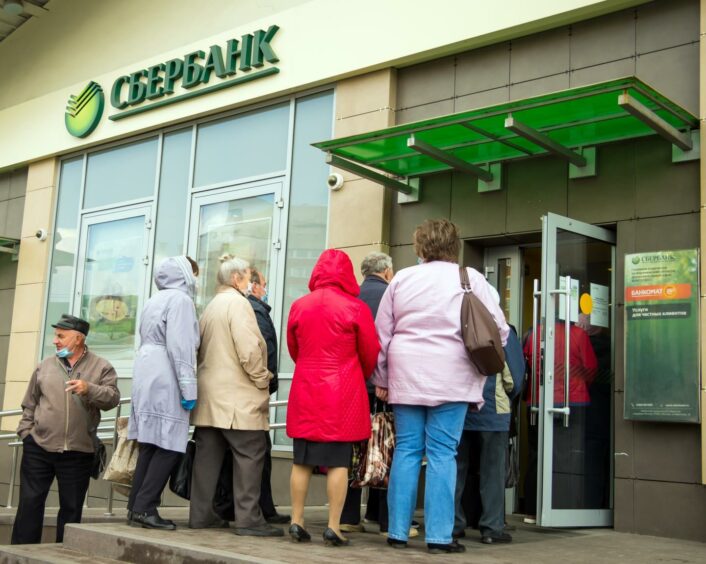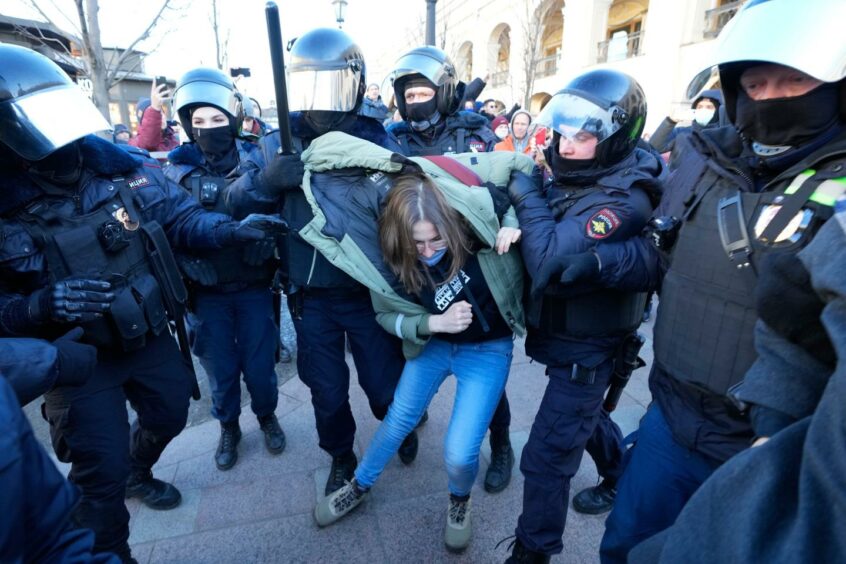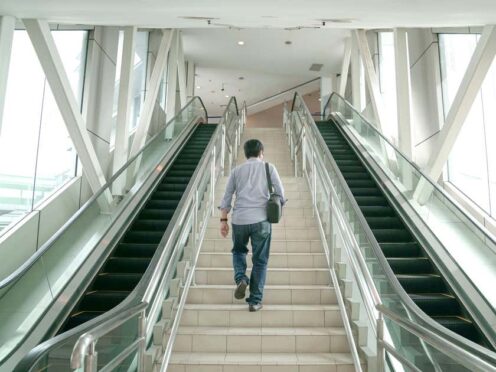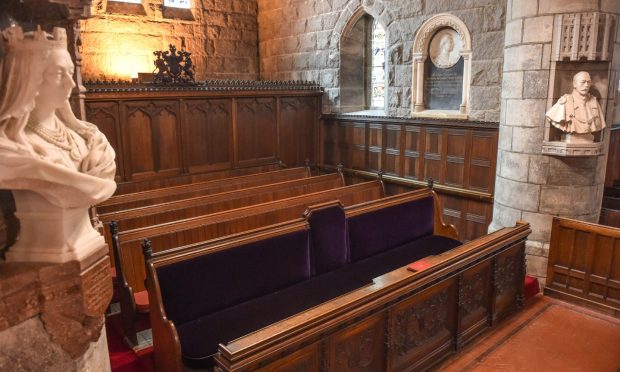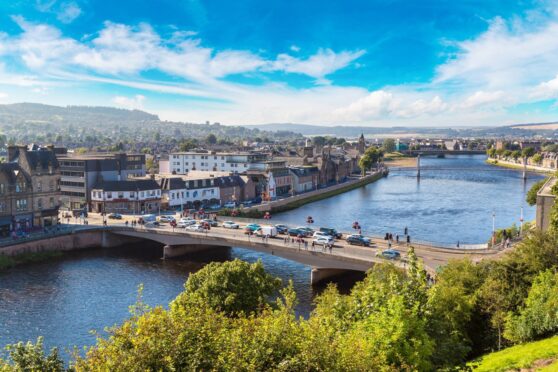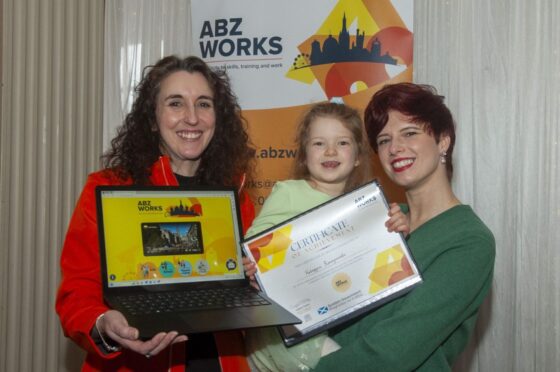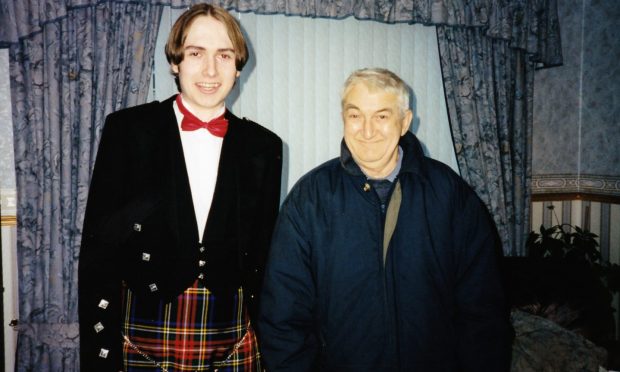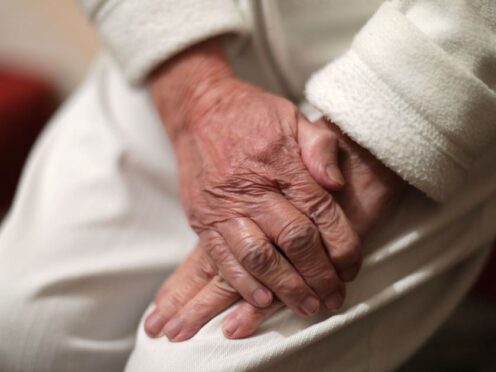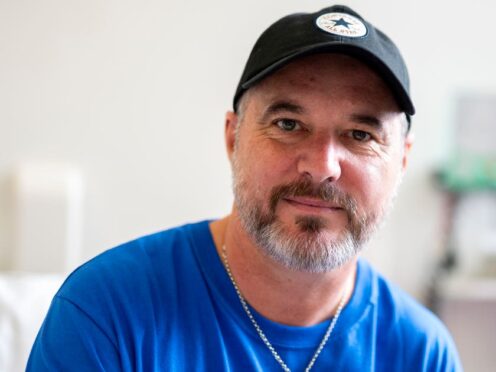What we are witnessing today in Ukraine did not start last week. It started, the catalyst for it, in a forest in Belarus in 1991 with the signing of a piece of paper called the Belovezh Accords.
I’ve trawled through newspapers, online articles and TV news channels but no one, it seems, is talking about this. Yet it’s vital to know about it. For it’s directly linked to what we are seeing on our TV screens right now.
On December 8 1991, a document, signed in Belovezh forest in Belarus by then Russian leader Boris Yeltsin, Ukranian leader Leonid Kravchuk and Belarussian parliament chairman Stanislav Shushkevich, declared that the USSR ceased to exist. It was game over.
And the west has never understood what that did to the morale of millions of Russian people.
That signed piece of paper was something that a young KGB officer Vladimir Putin has never accepted and I believe was at the forefront of his mind when he came to power in 1999.
He’d later go on to say: “The break-up of the USSR was the biggest geo-political disaster of the 20th Century.”
“But he didn’t launch a full war on Ukraine until last week. So, why wait so long?” A friend said to me the other day. “Why wait over 20 years?”
Simple, Russia was in no fit state to do anything about it.
Russia in the ’90s was a car crash. I know, I was there for months at a time, year after year. Even the first decade of the 21st Century, it was still not strong enough.
For the first 10 years of his reign, Putin was no threat to us at all. Not on the outside anyway, he hid it very well.
Quietly he got on with restoring Russia, and by that, I mean taking back control of almost everything. He also started a massive and deliberate campaign of restoring national pride, ie the old much-loved Soviet national anthem, to wrapping everything up in flags and seriously ramping up the rhetoric regarding victory in the Second World War.
I’ve even seen ice cream wrapped up in the hammer and sickle and gleaming new mosaics of Stalin have appeared in the Moscow Metro.
Opposition leaders have been locked up, others killed. Journalists also. There is basically no free press in Russia now, bar a few very brave outlets. Anyone who stands up against the Kremlin is labelled an enemy of the state or a foreign agent.
As for the west, we collectively sat back and did next to nothing. In fact, we’ve appeased the Kremlin for years.
“Russia has democracy now,” I often heard western politicians say. They had no clue what was really going on and how tough it was for the ordinary Russian.
Rightly or wrongly, Putin, and large swathes of the Russian population, feel humiliated by the west.
Also, as NATO pushed ever eastward, we gave precious little thought as to what that meant.
Putin’s actions today in Ukraine have all been planned – and for a long time.
I’ve been talking for many years about where Russia is heading – and now in 2022 we are finally here.
George Kennan, the distinguished and highly respected American diplomat and historian, warned us in 1997. He said of NATO expansion: “…Expanding NATO would be the most fateful error of American policy in the entire post-Cold War era. Such a decision may be expected to inflame the nationalistic, anti-Western and militaristic tendencies in Russian opinion; to have an adverse effect on the development of Russian democracy; to restore the atmosphere of the Cold War to East-West relations, and to impel Russian foreign policy in directions decidedly not to our liking…”
And we have done just that.
None of this, of course, excuses Putin’s brutal war on Ukraine.
What does Putin want?
He doesn’t want communism back. He doesn’t even want a country called the USSR back. But he does want a greater Russian empire. And of course, to right the wrongs of the Belovezh Accords.
He also wants to be taken seriously by the world. He wants respect, he craves it. But by invading Ukraine in the way he did, Putin seriously underestimated not just the western world’s reaction, for the entire world is basically now against him.
The rouble has crashed again. Two weeks ago, it was 100 to the pound. As of writing, it’s 141 to the pound and the Russian Central Bank has increased interest rates to over 20%.
This is not sustainable.
What now? I have no idea. My fear is that Putin has backed himself into a corner. And it’s now that he is at his most dangerous.
Putin is being squeezed, financially. It’s working, and hopefully the Russian people will soon see him for what he is.
I said in January that the west needs to rediscover its backbone, before it’s too late. It looks like we have finally done so.
However, I urge the west to be very careful here.
We cannot be seen to humiliate Russia, especially the Russian people. That will not help. We have to take the Russian people with us this time – we did not do so in the ’90s.
The Kremlin seems to be in a bunker mentality, and I have no idea who’s currently got Putin’s ear. I just hope somebody with a cool head has.
All wars ultimately end in talks. I just hope it’s happening now.
Can Putin survive this debacle? A debacle of his own making? Yes, because like I said last week, he cannot be voted out. It’s not possible.
It’s estimated that 6,000 Russians have already been arrested for peacefully protesting against the war. As well as a very strong west, be under no illusion, for it was also people power that brought down the Berlin Wall and the collapse of the USSR.
People power can do it again, but it must come from within. We cannot and should not get involved in that process.
Unless Putin is forced out from within his own entourage, he will survive this – short-term. His ego will not allow him to step down.
Hopefully the war in Ukraine will end ASAP with as little bloodshed as possible. Putin will then hole himself up in the Kremlin and continue as before.
However, and even with the fact that he cannot be voted out, I believe he is ultimately finished.
With the Russian economy crashing and burning, the rouble not worth the paper it is written on, interest rates soaring and living standards crashing, Russia is being turned into a pariah state. I see no way back for him.
How and when he will go, I have no idea. But I don’t believe long-term he can survive this.
Sooner or later he’ll be gone, and maybe we, the west, can right the wrongs of the ’90s and finally bring the Russian people with us, where they belong, into the modern world.
But first we need to understand what the signing of the Belovezh Accords did to the national psyche of Russia and why it’s been smoldering away in the background ever since.
